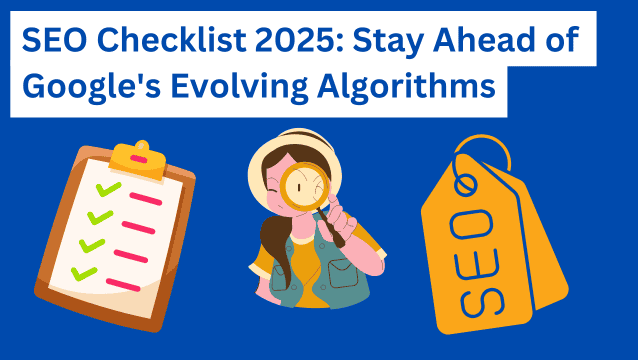Google updated its documentation for organic search results to recommend using higher-resolution favicons.
New favicon recommendations
SEJ staff writer Roger Montti’s keen eye noticed a small documentation change on Google Search Central that could significantly affect your site’s click-through rates and SEO performance.
The update recommends using higher-resolution images that exceed previous minimum standards for your site’s favicon. This change could affect how your website appears in search results.
What are favicons?
Favicons (short for favorites Icon) are those eye-catching little icons that appear on browser tabs for your page along with the title and sometimes (but not guaranteed) in Google Search results.
Your favicon is integral to your website’s branding because it boosts visibility by ensuring users easily see your webpage when multiple tabs are open.
Besides increasing your brand’s identity and awareness, favicons give your website a professional look.
For those reasons, using a high-quality favicon that complies with Google’s requirements is essential for user engagement and maximizing your site’s click-through rates on search engine results pages.
Google’s favicon update
Google made two important changes to its favicon documentation. One clarifies your favicon must have a square aspect ratio, and the other strongly recommends that site owners use a high-resolution favicon that’s at least 48×48 pixels in size.
Google’s updated favicon size and aspect ratio from Search Central:
- “We updated the favicon guidelines to state that favicons must have a 1:1 aspect ratio and be at least 8x8px in size, with a strong recommendation for using a higher resolution favicon of at least 48x48px.”
Here’s a screenshot of Google’s favicon guidelines:
Why Google changed its documentation
Google’s latest documentation update page says it made the change:
- “To reflect the actual requirements for favicons.”
Google’s practice of updating its documentation to make it more concise and informative is not new; it recently refreshed its web spam documentation for those reasons, and this latest change continues that practice.
Google said back in August that it makes these changes because:
● “We review and refresh our documentation periodically, and this update is part of that process.”
Roger Montii advises in his post that e-commerce merchants and publishers should adopt Google’s practice of reviewing and updating their content as it could identify customer feedback that provides opportunities to convey a clearer message to their audience. Montii is correct, and it seems Google agrees.


